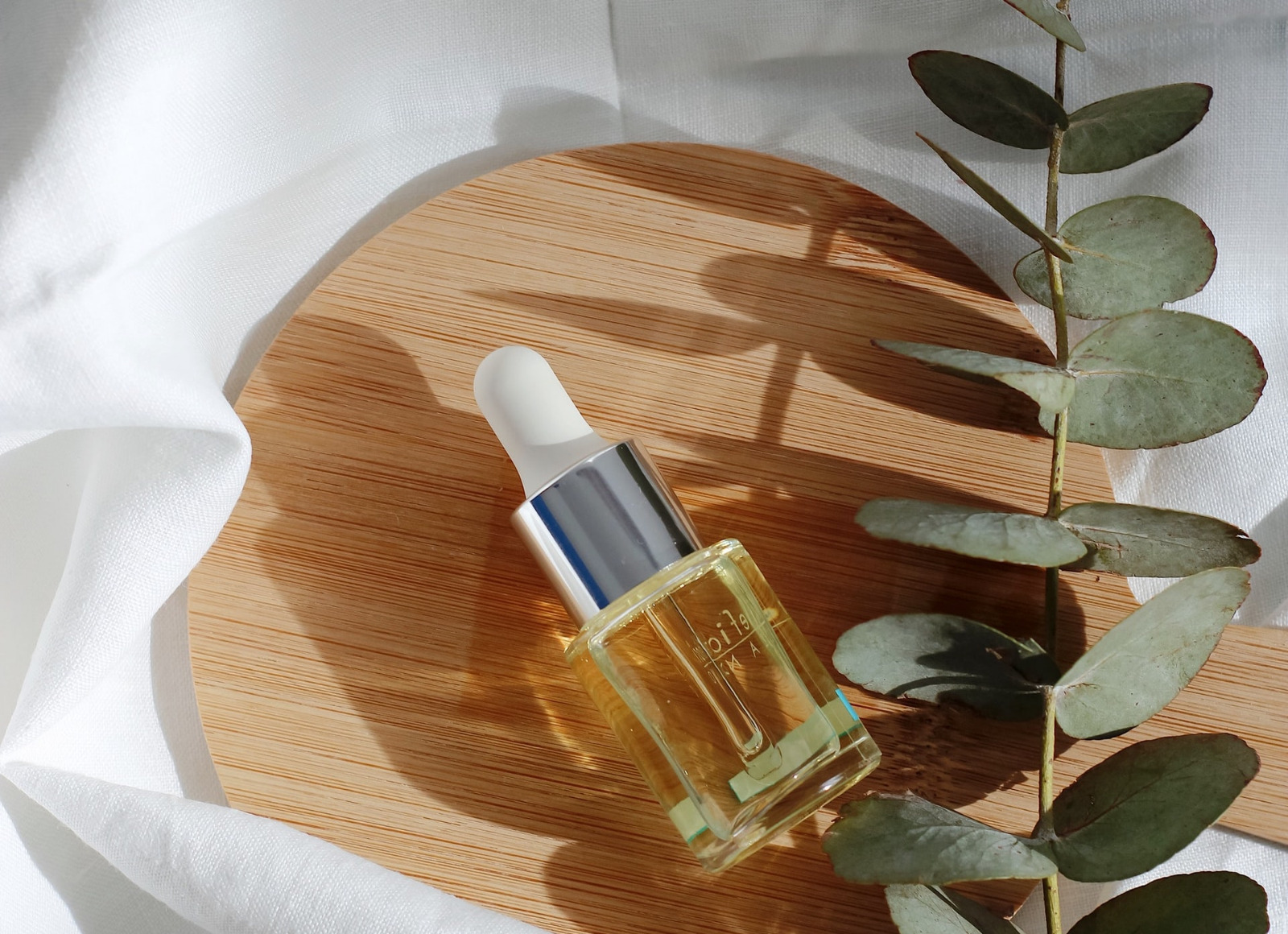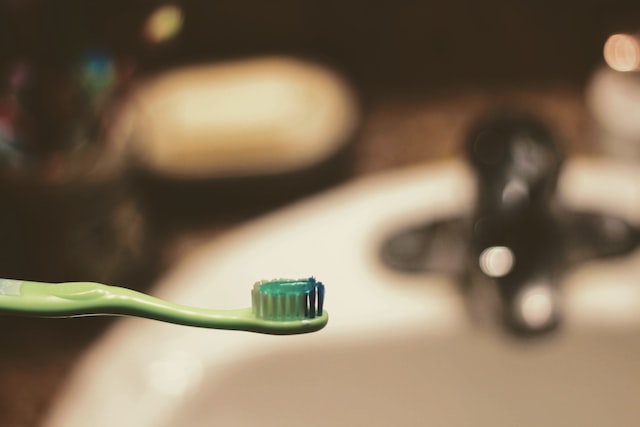BACKGROUND
Silver (CAS/EC No. 7440-22-4/231-131-3) is currently regulated in Annex IV (entry 142) of the European Cosmetics Regulation No. 1223/2009, as an authorized colorant (CI 77820). Silver is frequently found in makeup products such as eyeshadows, highlighters, nail polishes, and body powders, where it provides a metallic/shimmery effect. In addition, in the current dossier submission, Silver is reported as conditioning agent in rinse-off and leave on cosmetic products.
The European Risk Assessment Committee (RAC) of the European Chemicals Agency (ECHA) issued in February 2023 an opinion recommending among others a ‘Toxic for Reproduction Category 2’ classification for Silver. Following the RAC opinion, the European Commission may propose a classification for Silver as a ‘Toxic for Reproduction Category 2’ (CLP Regulation Annex VI entry).
According to Article 15 of the Cosmetics Regulation ‘the use in cosmetic products of substances classified as CMR substances, of category 2, under Part 3 of Annex VI to Regulation (EC) No 1272/2008 shall be prohibited. However, a substance classified in category 2 may be used in cosmetic products where the substance has been evaluated by the SCCS and found safe for use in cosmetic products.
In October 2023, the Commission services received a dossier to defend the safe use of micron sized particulate Silver as a conditioning agent in cosmetic products according to Article 15 of the Cosmetics Regulation 1223/2009. The Commission requested the SCCS to carry out a safety assessment on Silver in view of the information provided.
WHAT’S NEW
In light of the information provided and taking under consideration the proposal classification as toxic for reproduction Cat. 2, the SCCS considers micron-sized particulate Silver not safe when used in concentrations up to 0.2% in rinse-off and 0.3% in leave-on cosmetic products when used all together. However, the use of micron-sized particulate Silver is safe, either used alone or in combination at concentration mentioned in section 3.5:
- eye shadow – 0.2%
- oral exposure products
- Lip balm – 0.2%
- Toothpaste (adult and children) and mouthwash – 0.05%
- Shampoo – 0.2%
REFERENCES







